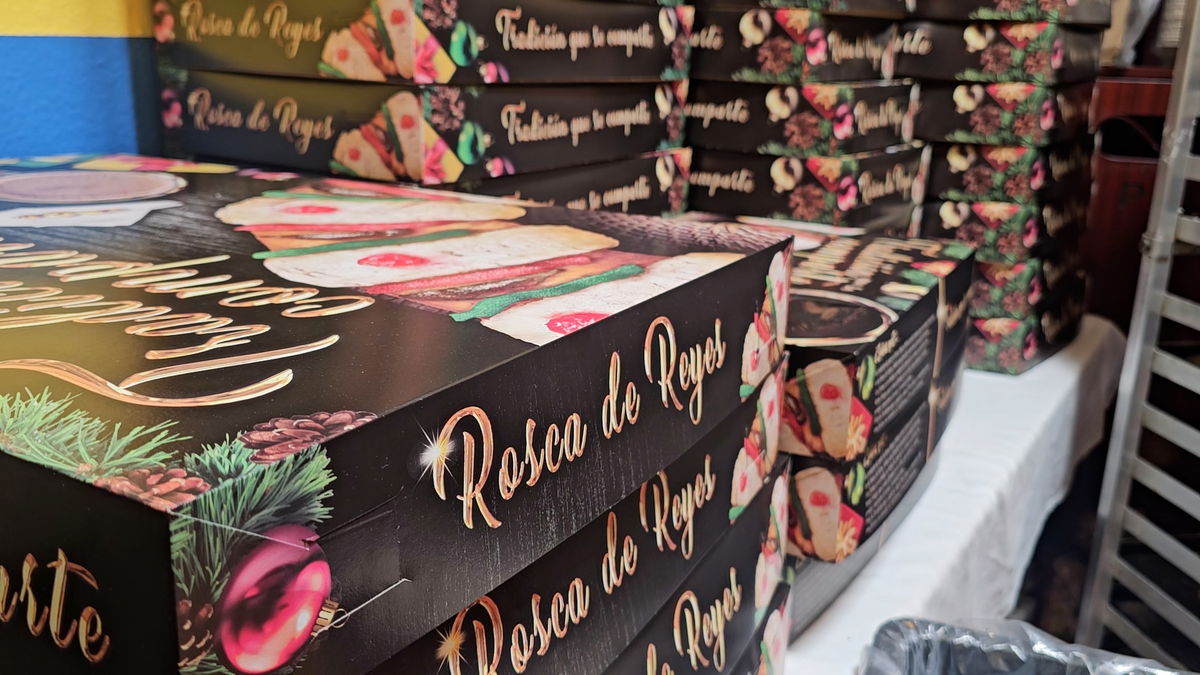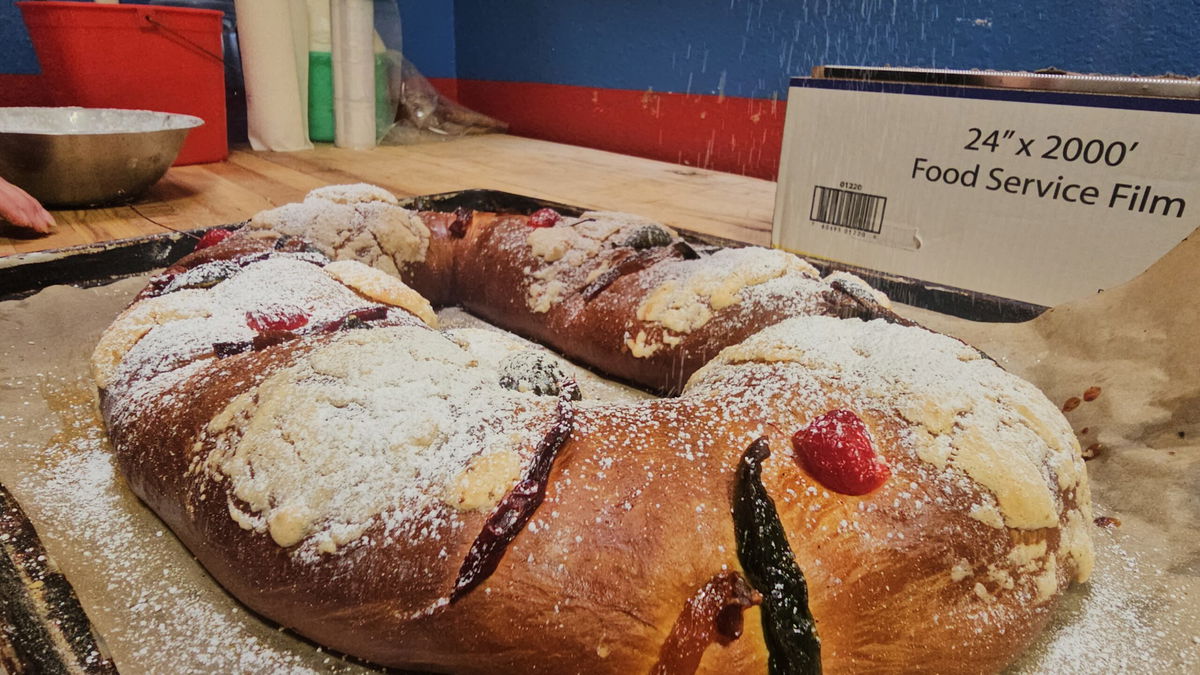Local bakeries prepare days in advance in order to meet demand for La Rosca de Reyes
Story by Sandra Santos, translated by Sergio Berrueta
MONTEREY COUNTY, Calif. (KMUV-TV) -- Families across the Central Coast headed to local bakeries to buy the traditional Rosca de Reyes or King’s Bread. Sharing the bread is part of the celebration of Dia de Los Tres Reyes Magos known as Three King’s Day.
One of the bakeries, Panaderia Tres Hermanos in Salinas, has been following the tradition for 25 years. In these last few days, the bakery has made more than 3,000 roscas at their Alisal location, but expect that number to get higher by day's end. There are four locations of Panaderia Tres Hermanos in Salinas, one in Watsonville and a new location in Soledad that opened two weeks ago.
According to the Mexican government, the rosca is a tradition from Europe originating from the Spanish and taking root in Mexico. It commemorates the last days of the Christmas holiday season with a visit from the Three Wise Men to the child of God.

The origins behind the rosca itself depend on the region, but the circular shape represents a cycle’s end and another beginning. In some traditions, it represents the crown of the Kings with the candies baked onto the bread representing the jewels. The rosca also hides the child of God within the bread and, according to beliefs, whoever discovers the child, should share a feast with guests on February 2, the day of La Candelaria. The rosca also represents abundance according to the Mexican government.
According to data from Mexico’s Agri-food and Fisheries Information Service, the most common fruits to decorate the rosca include oranges, lemons, figs, and cherries. In the United States, this adoption of the tradition has led bakeries to prepare days or even months in advance before January 6th.

Another local bakery in Salinas, La Soledad, has been preparing their roscas for more than 20 years with acitrones (candied cactus), eggs and powdered sugar. These roscas are made differently from the typical, closer to a style found in Southern Mexico from the state of Oaxaca. They are decorated with the acitrones instead of the usual ate (candied fruit) candy. Figs, prunes and raisin also adorn the yolk bread used to create the roscas.
Panaderia La Soledad says they make hundreds of these roscas days prior to January 6 as many families travel from other cities to buy this style of roscas. Like other bakeries in the region, they will continue to make hundreds of these roscas to meet the demand for the holiday.

